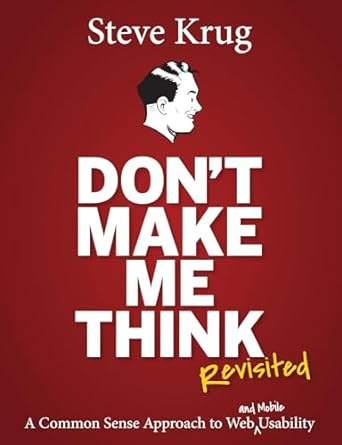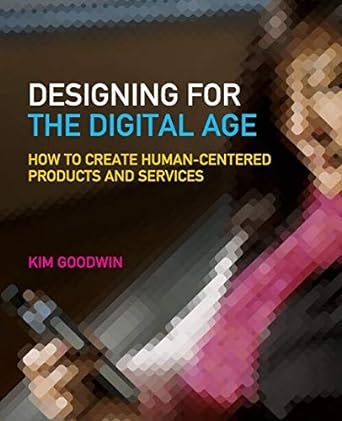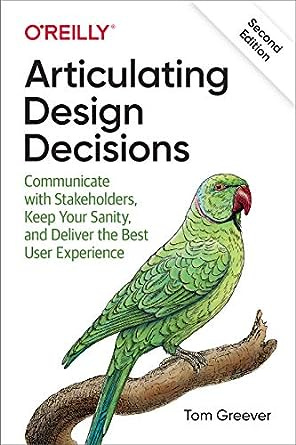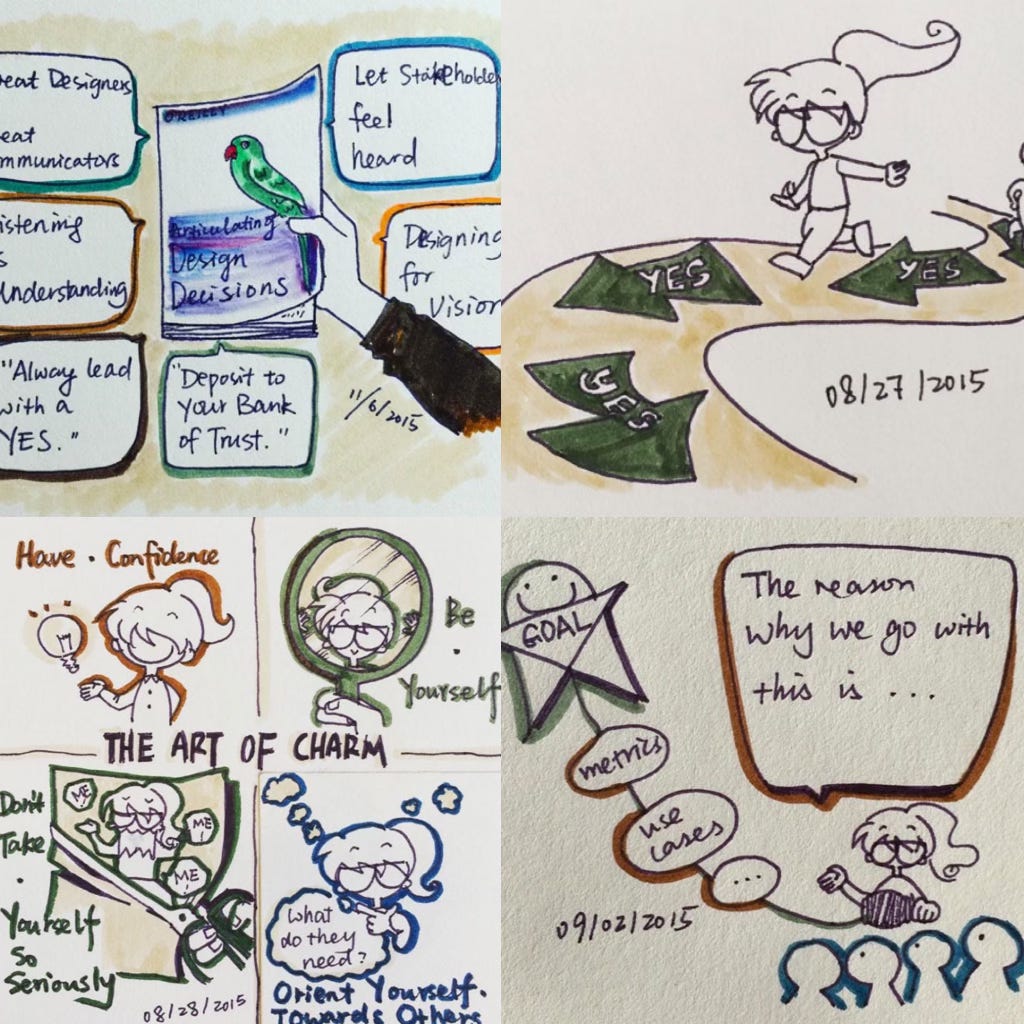Career transition, growth, and elevation: three books that shaped my journey as a UX designer
Each time I reflect on my early experiences—the frustration during my effort to change careers, the desire to grow but lacking guidance—three books always come to mind.
In my conversations with others, I've often been asked how I, a computer science major, became a user experience designer. I've written bits and pieces of this story before. Each time I reflect on my early experiences—the frustration during my effort to change careers, the desire to grow but lacking guidance—three books always come to mind. They were crucial to my growth as a user experience designer, like three mentors in my career, inspiring and guiding me at different stages. So, I wanted to share my stories with them to you.
The book that led me into user experience design
At that time, I was a computer science student. While my classmates were enthusiastically learning algorithms and programming, all I could think about was: I don't enjoy programming, and I don't want to become a programmer. So, I tried various courses, attempting to find my interests.
I took the only user interface-related course offered in my major. The professor recommended the book "Don't Make Me Think," and unexpectedly, it changed my career path. This book emphasizes the importance of simple and clear design in reducing users' cognitive load. It also provides practical advice on how to conduct usability testing, iterative design, and how to be a good listener.
I didn't know there was a position called "user experience designer" in the market then, but I loved the content in this book. Having users tell us about their experiences and feelings? It made perfect sense! This was never taught in school. Additionally, the book introduced many ways to communicate with users, guiding them to complete test tasks without over-directing. At that time, I lacked confidence in my English communication skills and really needed these communication templates.
Later, I was fortunate to find my first job as a user experience designer in a small company after graduation. I finally got to do what I enjoyed, but as the only designer in the company, no one could guide me. I could only figure things out on my own or learn from books and events. I conducted many user research and prototype testing sessions, including carrying my laptop to cafes to randomly recruit people. When planning and implementing these studies, I repeatedly referred to this book, hoping to engrave its processes and English communication methods in my mind. It really helped me a lot.
To this day, I'm still working hard to create good user experiences—thanks to this thin book, one can never predict how seemingly small moments will shape their future.
The book that taught me systematic design methods
I first learned about this book when I was struggling to find user experience design-related jobs. At a designer's social event, someone recommended this book, saying, "If you want to do user experience design, this is a really good book." I went home and immediately ordered it.
But it's a bit embarrassing to admit that it quietly lay on my bookshelf for many years. Not because I didn't want to read it. This book is incredibly comprehensive and quite thick. As someone with no design background trying to transition into the design field, I had never encountered the things it talked about. What are requirements and interaction design? I couldn't understand any of it. Every time I flipped through it, I felt ignorant and discouraged.
It wasn't until many years later, when I started working on a big project and didn't know where to begin, that I remembered this book. Only then did I truly feel its power.
This book breaks down a design project into different phases and provides step-by-step guidance. From understanding user needs and context to defining requirements, it covers everything. It also taught me how to create design concepts and collaborate with the team to launch the product. To this day, I still occasionally refer to the chapters in the book—the methods inside are very practical and applicable to large-scale design projects.
The book that helped me improve my design leadership
When I discovered this book, I was still a relatively junior designer. I tried hard to learn from the senior designers around me, hoping to reach their level. However, I felt there was a formidable gap between them and me, and I couldn't find a way to bridge it.
I found some answers in this book. It told me that solid design skills are just the foundation; more importantly, designers need to be able to clearly explain their design decisions and guide cross-functional teams to push these decisions forward—How to effectively communicate the design rationale to stakeholders and reach consensus? How to handle feedback and criticism? How to better collaborate with developers? How to drive the future direction of the product with design? I had never thought about these before.
This book made me realize for the first time that as a designer, communication skills are so important, sometimes even more important than what you've designed. I spent several months reading it, slowly digesting every point it mentioned, and putting the principles in the book into practice. The margins of every page of this book is filled with my notes. I was also often inspired to use some doodles to take notes of my favorite key points.
I'm amazed at how much help these three books have given me. I sincerely appreciate them and the hard work their authors put into them.





